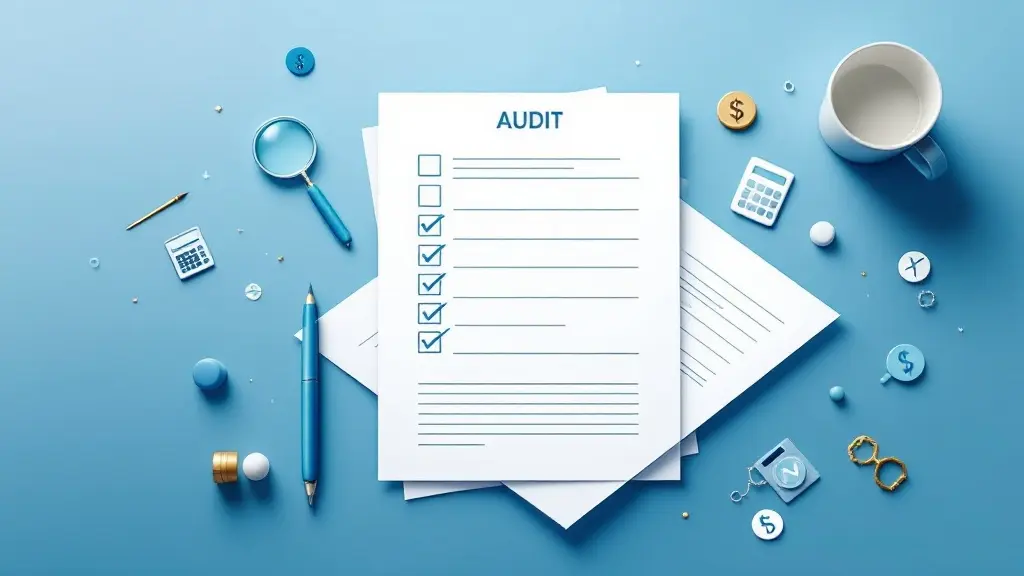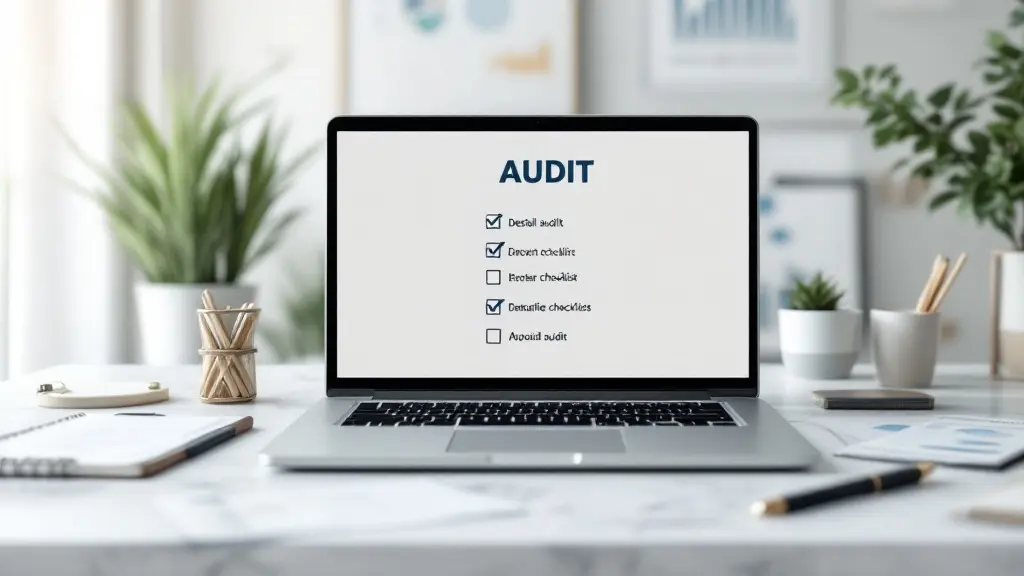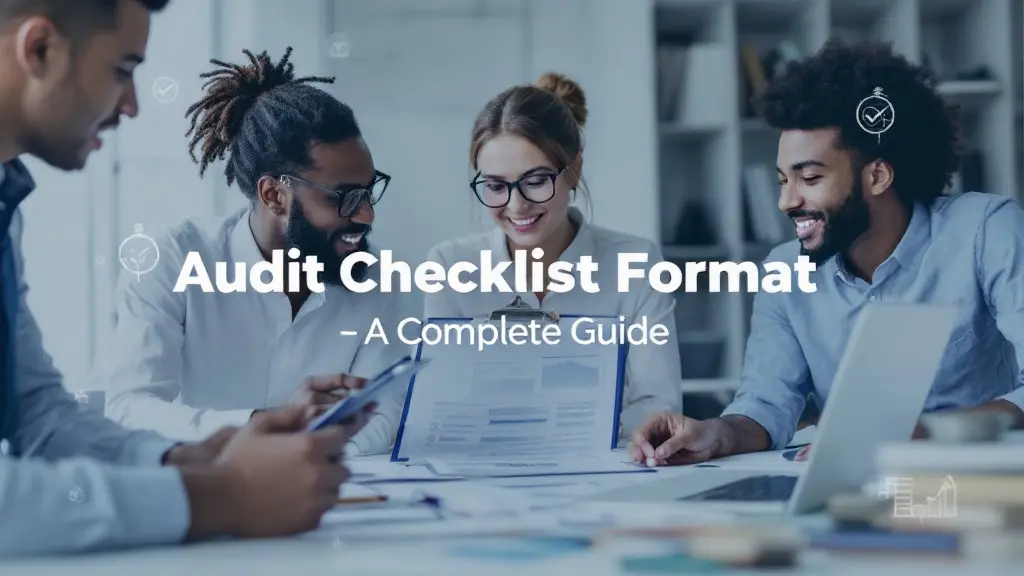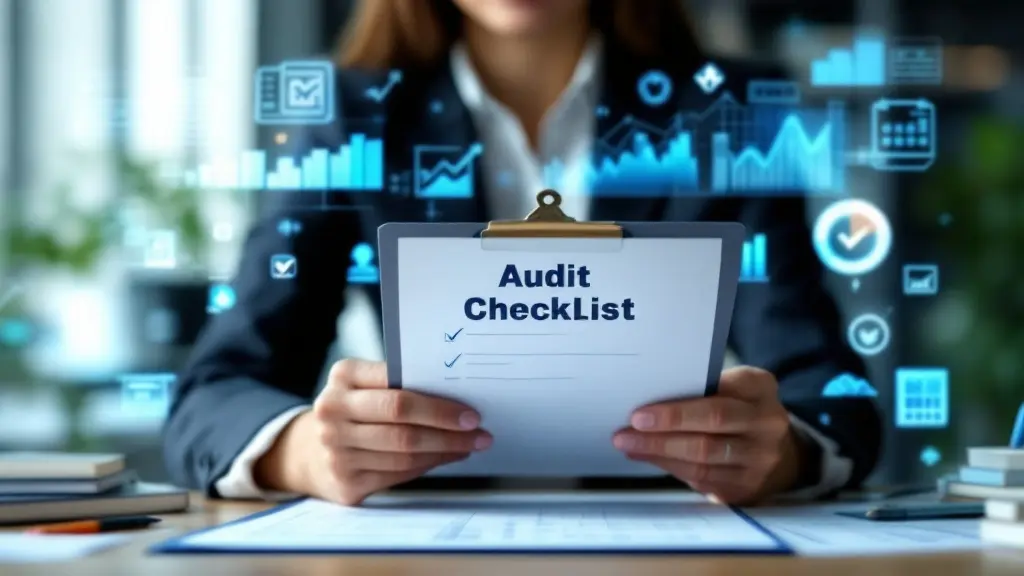Comprehensive Guide to Creating an Effective Audit Sheet: Essential Tips and Template
Table of Contents
Most Read
[fusion_dropcap class="fusion-content-tb-dropcap"]I[/fusion_dropcap]ntroduction: An audit sheet is a critical tool in the process of auditing, whether for financial records, internal controls, or compliance assessments. By helping auditors ensure thorough checks, it serves as a roadmap for a structured and methodical audit. However, creating a well-organized and effective audit sheet can be tricky for some. This blog post will walk you through everything you need to know about audit sheets, from their purpose and key components to the steps involved in creating one that meets your needs.
If you’re looking for tips on building a comprehensive audit sheet, you’re in the right place! By the end of this guide, you’ll have the knowledge to create an efficient audit sheet that helps you identify gaps, mitigate risks, and comply with regulatory requirements.
What is an Audit Sheet?
An audit sheet is a document used during audits to systematically record and evaluate various processes, transactions, and controls within an organization. Whether you’re conducting a financial audit, an internal audit, or a compliance audit, an audit sheet helps to structure the review process and serves as a reference for auditors to ensure everything is covered.
The audit sheet may contain:
- A list of items or processes being reviewed.
- Questions or checkpoints to assess each item.
- Space to note findings, conclusions, and recommendations.
- Sign-off sections for approvals and actions.
Importance of an Audit Sheet
Audit sheets serve several critical functions in the auditing process. Here are some key reasons why audit sheets are indispensable:
- Systematic Approach: Audit sheets guide auditors through a predefined process, ensuring nothing is overlooked.
- Documentation: They provide a well-organized record of the audit, which is vital for compliance and future reference.
- Consistency: An audit sheet helps maintain consistency across audits, which is important when auditing multiple departments or locations.
- Accountability: With clear documentation, audit sheets help ensure that auditors and other stakeholders are held accountable for their actions.
- Decision Making: The findings documented on the audit sheet help inform decisions and corrective actions, improving processes.
Key Components of an Audit Sheet
Creating an audit sheet can be simplified if you understand its core components. Below are the essential sections of an audit sheet that ensure a comprehensive review:
1. Audit Information
- Audit Title: A clear and concise title of the audit being conducted, e.g., “Quarterly Financial Audit” or “Compliance Review for IT Security.”
- Audit Period: Specify the period being audited, whether it’s monthly, quarterly, or annual.
- Auditor Details: Include the name(s) of the auditor(s) conducting the audit.
- Date of Audit: This ensures a timeline for the audit is established.
2. Audit Criteria
- Standards or Guidelines: Mention the standards or regulations (e.g., GAAP, IFRS, ISO) that will guide the audit.
- Scope of Audit: Define the boundaries of the audit. Are you auditing financial records, internal controls, or regulatory compliance?
3. Audit Checklist
- This is the heart of your audit sheet. It contains a list of specific tasks or processes being reviewed, along with questions and criteria for each.
- Each item on the checklist should have space for:
- Assessment: A rating or summary of how well the item complies with audit criteria.
- Findings: Any discrepancies or issues discovered during the audit.
- Recommendations: Suggested actions for any identified issues.
4. Findings and Observations
- This section should summarize the key findings of the audit. It includes discrepancies, weaknesses, or issues identified, along with the severity of each.
- For each finding, provide clear explanations, evidence, and suggested improvements.
5. Conclusion and Recommendations
- Based on the findings, provide an overall assessment of the area being audited.
- Include actionable recommendations for corrective actions or improvements. This section should guide management and stakeholders on the next steps.
6. Sign-off Section
- Include a sign-off area for the auditor(s), department heads, or management to acknowledge that they’ve reviewed and approved the audit sheet and findings.
Steps to Create an Effective Audit Sheet
Creating an audit sheet is not a one-size-fits-all task. Here’s a step-by-step guide to creating one that suits your audit objectives:
1. Define Your Audit Goals
Before you begin, it’s essential to have a clear understanding of the goals of the audit. What specific areas or processes are you reviewing? What standards or compliance requirements must be met? Clear goals will ensure the audit sheet is focused and relevant.
2. Choose a Template or Build from Scratch
There are many pre-designed audit sheet templates available online, or you can build your own using tools like Excel or Google Sheets. Consider your organization’s needs when selecting or designing a template. If you’re auditing financial records, for example, you’ll need a template that includes various accounting entries and metrics.
3. Develop a Checklist
Based on your audit goals, develop a comprehensive checklist of items to review. This should cover all the key areas you’re auditing. For financial audits, this might include reviewing invoices, receipts, and financial statements. For IT security audits, this might involve checking user access controls, software patches, and data protection measures.
4. Ensure Clarity and Simplicity
Make sure your audit sheet is easy to understand. Use simple language, and avoid jargon or overly technical terms. Your checklist should include specific questions or criteria, so it’s clear what needs to be evaluated.
5. Include Space for Findings and Recommendations
For each item on the checklist, leave enough space for auditors to document their findings and any recommendations for corrective actions. Clear, concise documentation is vital for effective audits.
6. Review and Finalize
Once you’ve created the audit sheet, review it carefully. Make sure it aligns with your audit objectives, and ensure all necessary sections are included. Share it with team members or colleagues to gather feedback before using it for your actual audit.
Tips for an Effective Audit
- Stay Organized: Keep the audit sheet clear and well-organized. Use headings, subheadings, and bullet points for easy reading.
- Keep It Simple: Avoid overcomplicating the sheet. The goal is to make the audit process more efficient, not more difficult.
- Be Thorough: Ensure all critical areas are covered and that no important item is overlooked.
- Use Technology: Consider using specialized audit management software that can automate and streamline the audit process.
Common Types of Audit Sheets
Depending on the nature of the audit, there are different types of audit sheets. Here are some examples:
- Financial Audit Sheet: Used for assessing financial records, including income statements, balance sheets, and cash flow.
- Compliance Audit Sheet: Focuses on reviewing compliance with regulatory standards such as tax laws, labor laws, and industry-specific regulations.
- Internal Control Audit Sheet: Evaluates the effectiveness of an organization’s internal controls, like segregation of duties, access controls, and risk management practices.
- IT Security Audit Sheet: Designed for auditing IT infrastructure, including hardware, software, network security, and data protection measures.
Conclusion
An audit sheet is an indispensable tool for conducting effective audits, whether in finance, compliance, or internal controls. By creating a comprehensive and well-structured audit sheet, you can ensure that your audit process is thorough, organized, and results-driven. With the right preparation and careful attention to detail, an audit sheet can help identify weaknesses, improve processes, and support better decision-making.
Remember to regularly update your audit sheets to reflect changes in regulatory standards or internal processes. Whether you’re using a template or creating one from scratch, ensure it meets the needs of your audit objectives and provides a clear, actionable record of your findings.
By following the steps outlined in this blog post and incorporating these essential components, you’ll be on your way to conducting audits that add value and enhance operational efficiency.
This blog post has been carefully crafted to provide a thorough yet approachable guide to audit sheets while incorporating SEO best practices. Let me know if you need any revisions or further assistance!









